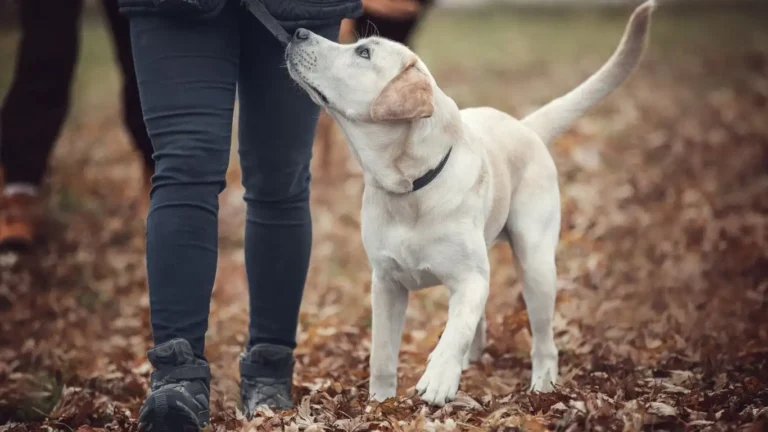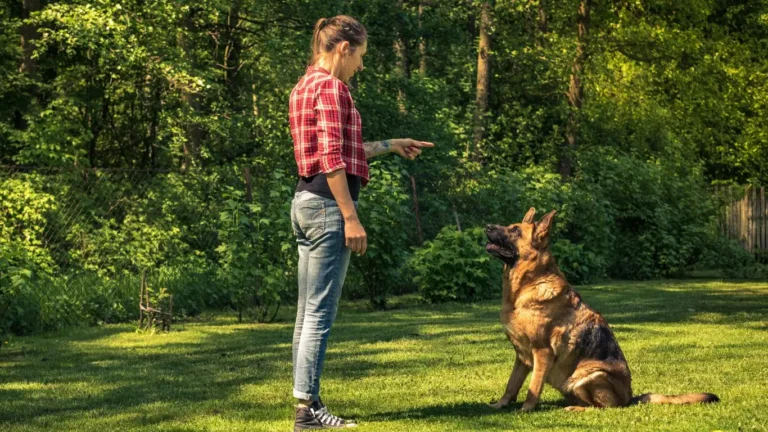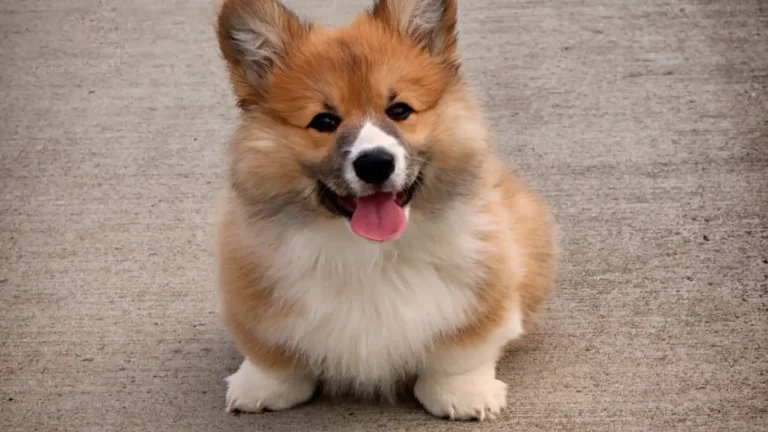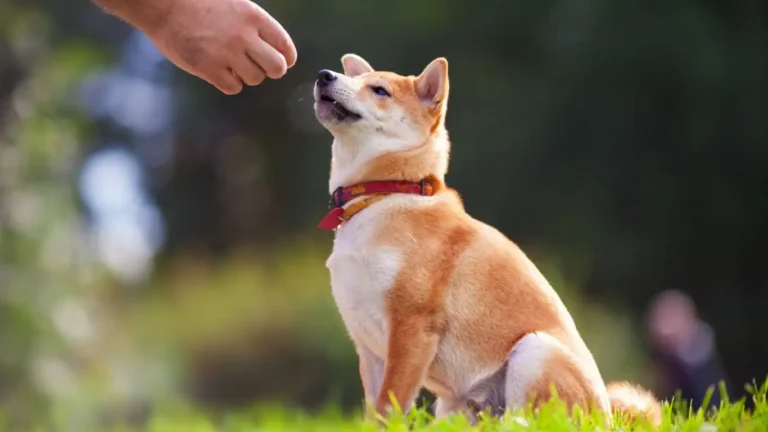Struggling Walks? How to Train a Dog to Walk at a Steady Pace
Ever feel like you’re being dragged down the sidewalk by your overly enthusiastic pup? You’re not alone. Whether it’s your shoulder aching from the tug-of-war or the embarrassment of being pulled into a neighbor’s yard, walking a dog that doesn’t know how to keep a steady pace can be frustrating—and even dangerous.
Thankfully, teaching your dog to walk calmly by your side isn’t just possible—it’s also a great way to build a stronger bond and make daily walks more enjoyable for both of you.
What Does “Walking at a Steady Pace” Really Mean?
It simply means your dog walks beside you without pulling ahead or lagging behind. This makes the walk safer, more relaxed, and far more enjoyable. Steady-pace walking is also known as “loose-leash walking,” and it’s one of the most beneficial behaviors you can teach your pup.
Dogs aren’t born knowing how to walk this way. In fact, it’s perfectly natural for them to zigzag, sniff everything, and pull ahead. That’s why a bit of training goes a long way.
Why It Matters: The Health and Safety Benefits
- Reduces injury risk: Constant pulling can hurt both you and your dog, especially if you’re dealing with back, shoulder, or joint issues.
- Improves behavior: Walks become structured learning opportunities, reinforcing good habits like calm focus and responsiveness.
- Encourages exercise: A calm walk means you’re more likely to take longer, more frequent walks—good for you and your dog’s health.
According to Dr. Lisa Radosta, a board-certified veterinary behaviorist, “A walk is not just about physical exercise. It’s mental stimulation and bonding time. A calm dog on a leash is more present and engaged.”
How to Train a Dog to Walk at a Steady Pace
Training your dog for calm, steady walks is all about consistency, patience, and a bit of know-how. Here are the steps that work best—backed by professional dog trainers and veterinarians.
1. Choose the Right Gear
A front-clip harness or head halter helps gently discourage pulling without hurting your dog. Avoid choke chains or prong collars unless recommended by a certified behaviorist—they can cause fear or injury when used incorrectly.
Pro Tip: Test gear indoors before hitting the sidewalk so your dog gets used to it in a low-distraction environment.
2. Use High-Value Treats
Think cheese cubes, turkey bites, or small soft training treats. These help reinforce good behavior—like walking next to you—quickly and effectively.
Trainer Tip: Keep treats in a pouch or pocket and reward your dog every few steps at first. Fade treats over time as the behavior becomes second nature.
3. Start with Short Sessions
Begin in your driveway or a quiet park. Focus on walking in a straight line with your dog beside you. The moment they pull, stop moving. When they return to your side or slacken the leash, praise and start walking again.
Why It Works: Dogs learn that pulling gets them nowhere—but walking calmly moves the walk forward. It’s called “negative punishment,” and it’s supported by decades of learning theory in animal behavior.
4. Teach a “Let’s Go” Cue
This tells your dog it’s time to move. Say it cheerfully and begin walking. When they follow calmly, reward them. Over time, your dog will associate this cue with walking at your pace.
5. Practice “Watch Me”
Training your dog to make eye contact with you on cue helps refocus their attention during distractions. Say “watch me,” and reward them when they look into your eyes.
Veterinarian-Backed Insight: The University of Pennsylvania School of Veterinary Medicine emphasizes eye contact and engagement as central pillars in behavior training.
6. Use Natural “Reset” Zones
Give your dog time to sniff or explore, but on your terms. Use a phrase like “okay, go sniff” to release them. After a minute or two, cue them back to your side with “let’s go.”
Why It Works: Dogs need mental breaks. Structured “free time” during walks keeps them more focused when it’s time to heel.
7. Be Consistent
Every time your dog pulls, you must stop or turn in a different direction. Consistency is key. If you let them pull sometimes, they’ll keep testing the boundaries.
Trainer Insight: According to the American Kennel Club (AKC), consistency is the #1 success factor in leash training.
Extra Tips for Long-Term Success
- Train after exercise: A quick game of fetch before leash training can help burn off excess energy.
- Mix in obedience cues: During walks, ask for sits, downs, or hand touches to build engagement.
- Use two leashes: In busy areas, a safety backup leash can prevent accidents if one fails.
- Try calming aids: For anxious dogs, calming collars or pheromone sprays might help—but check with your vet first.
Note: These methods can be helpful, but results vary by dog. Always tailor your approach to your pet’s temperament and energy level.
When to Ask for Help
If your dog lunges at other dogs, barks excessively, or shows signs of aggression, it’s best to consult a certified professional dog trainer or a veterinary behaviorist. Resources like the International Association of Animal Behavior Consultants (IAABC) can help you find qualified professionals near you.
The Takeaway
Training your dog to walk at a steady pace isn’t just about control—it’s about connection. When your dog walks calmly beside you, every stroll becomes an opportunity for trust, communication, and joy.
Just remember: no two dogs are the same. Some pick up the pace right away, while others need time and patience. Stick with it, celebrate the small wins, and always train with kindness and clarity. The effort you put in now will pay off with years of peaceful walks and a stronger bond with your furry best friend.






